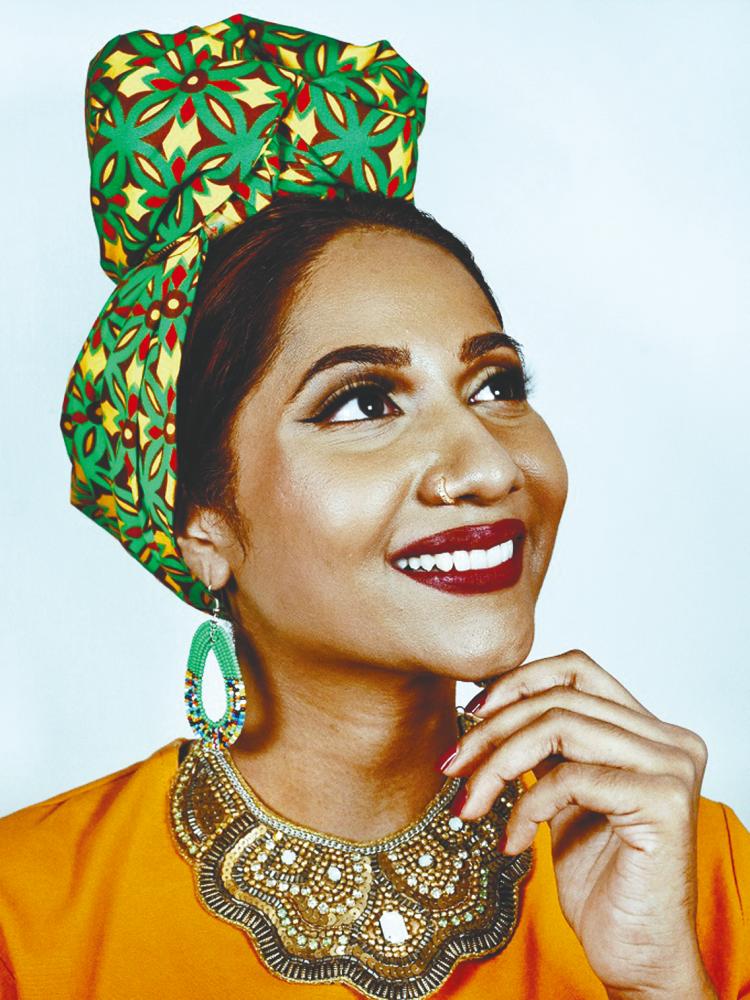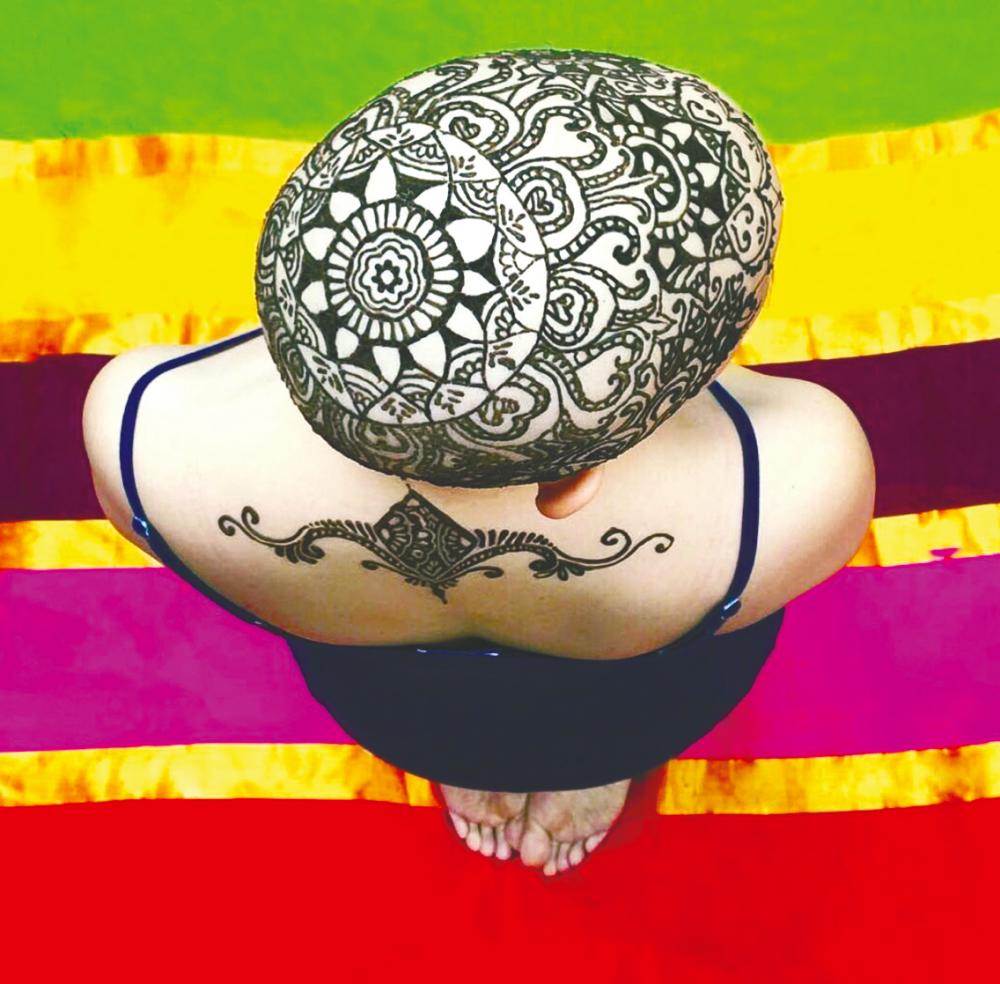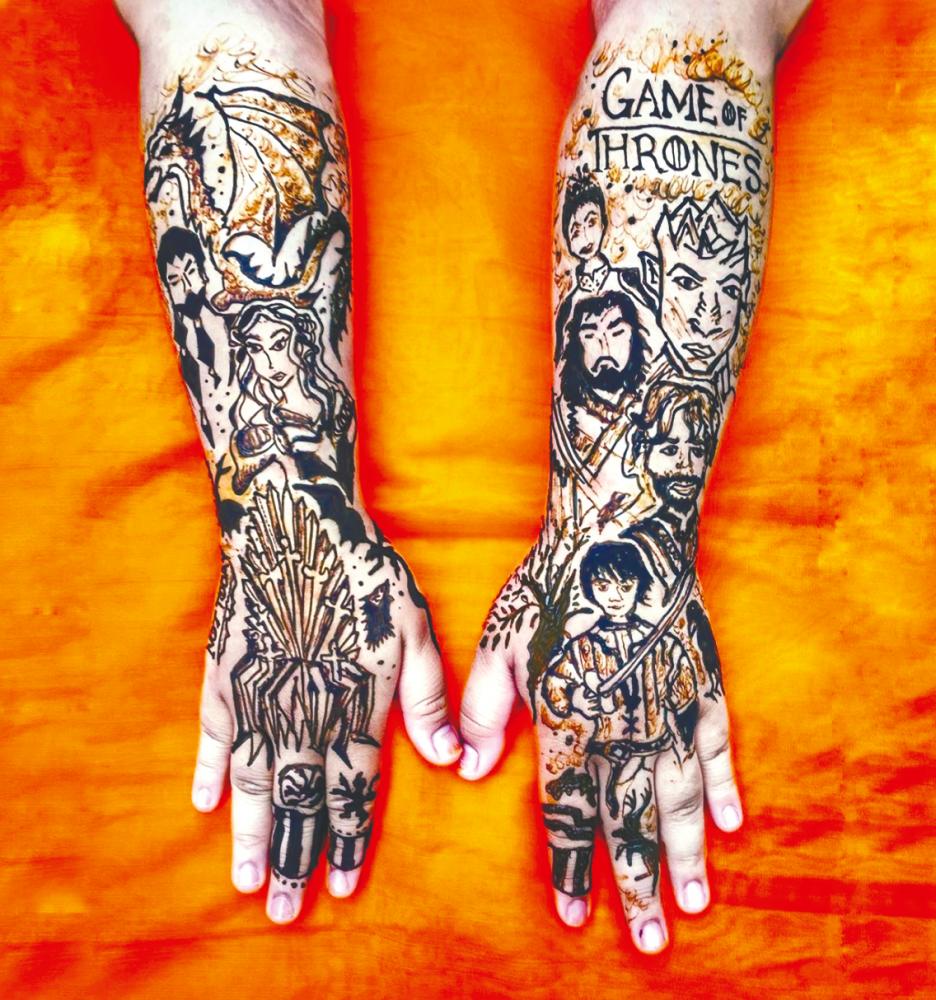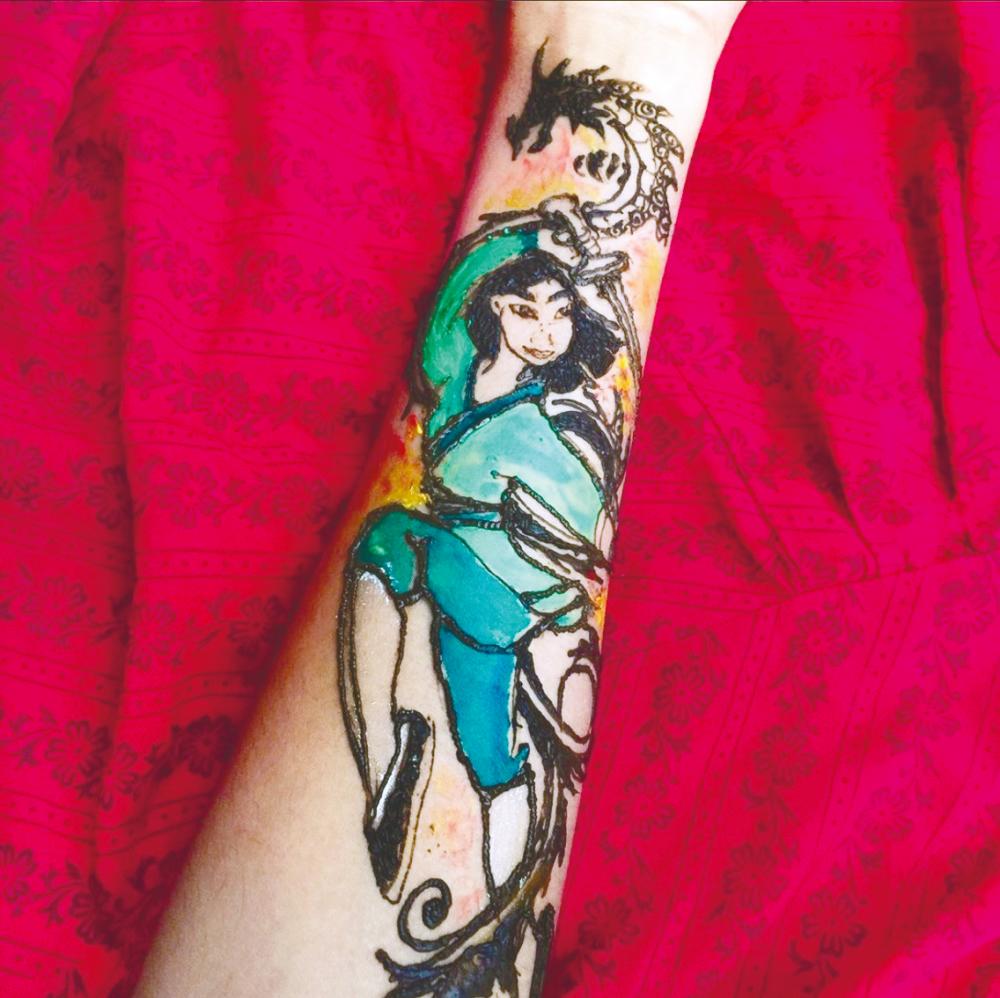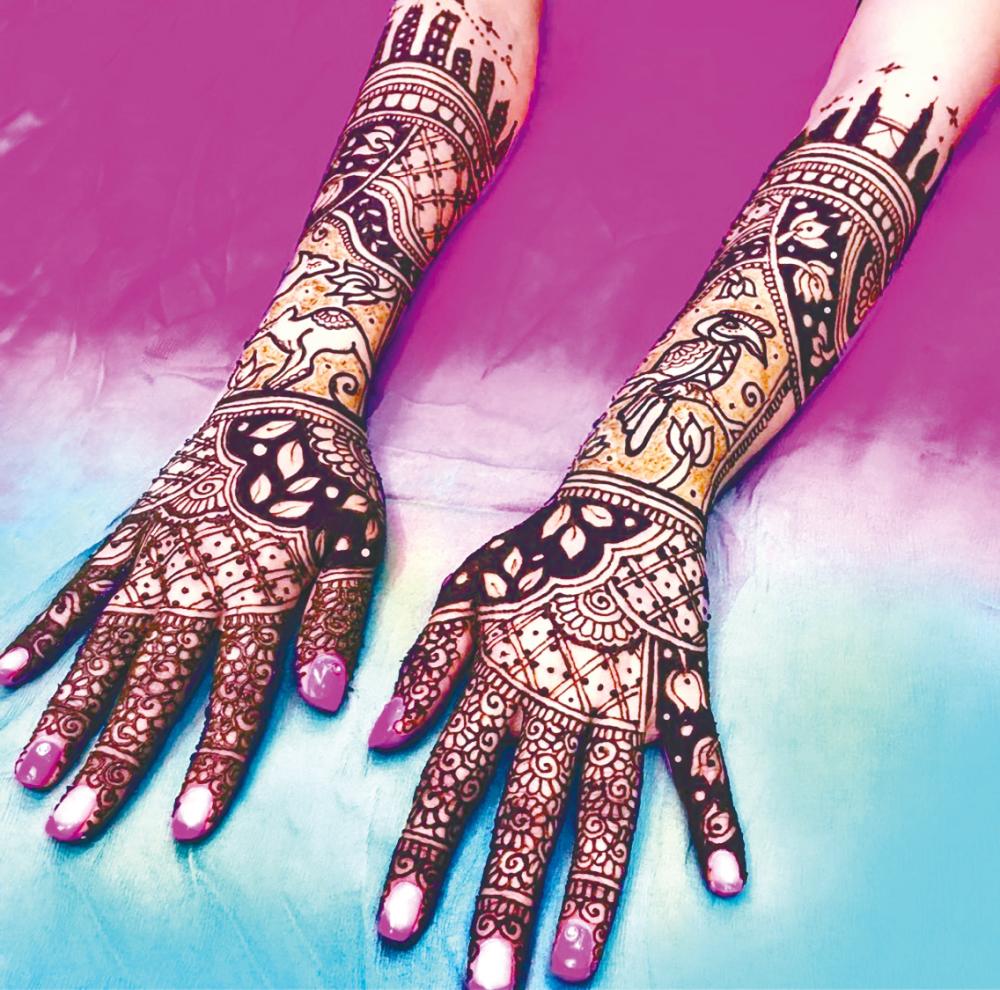HENNA has always been associated with happiness and good luck. It is common to see henna designs on the hands of brides at Indian weddings.
But over the years, the art of henna has gone beyond Indian weddings. Henna is now no longer only used on the hands of brides. Henna designs now adorn other parts of the body, as well. Some even use henna on canvas.
Taking its place as an art form in its own right, there are now many henna artists practising this unique art form. One such artist is Karthine Maniam, 29.
When were you first exposed to the art of henna?
When I was seven years old. It was my late paternal grandmother who introduced me to henna. I wanted to draw henna patterns, but no one wanted to offer their hands to a seven-year-old girl to draw on. But my grandmother obliged me.
How did your interest in the art of henna grow from that first experience?
It started when I was 13 years old. I love doodling on empty pages. My classmates loved the designs I created. They wanted to draw the designs on their hands with coloured pens. Later, my friends encouraged me to use henna to make the designs on their hands more impactful.
Do you remember the first time you got paid to draw a henna design?
I was 17. My cousin brother was getting married. He paid me to draw the henna design for his bride. Whenever brides hire me to draw henna designs on them, I will make it a point to listen to their love stories. I want to know how the bride and groom met. I will try to include their love story in my henna design for the bride. For example, an Indian man and a Chinese woman were planning their wedding according to Hindu custom. I learnt that they met in the gym where they are professional trainers. I drew the bride and groom carrying weights on her hands.
What has been your best memory as a henna artist?
There are two great memories in my life as a henna artist. It happened in 2015, a woman wrote to me and said she wanted me to draw a henna crown on her head. She had cancer and had gone for chemotherapy. Her head was completely bald. I told her not to worry about the price as I was willing to do it for free. Since then, I have started my own henna crown project where I draw henna crowns on cancer patients for free. So far, I have done henna drawings on 15 patients. I love to see the smiles on their faces when they get these crowns. I remember an incident where one cancer patient had tears in her eyes, because she felt empowered and confident after getting a henna crown.
My second great memory as a henna artist was when I got a call from a pregnant woman who wanted me to draw a design on her belly in 2014. She wanted to celebrate motherhood and the impending birth of her child. It was a fun experience drawing henna on a pregnant woman. Usually, when you draw henna, you tell your client to stand still until you finish the drawing. Here, you have no control. The child in her womb moves on its own and you just have to wait until he stops moving.
What is the biggest challenge for a henna artist?
It is that the income is never consistent. It depends on the wedding season. For example, during the Covid-19 pandemic, the henna art business has been affected tremendously as most weddings have been postponed or cancelled.
Tell us about your family and childhood.
My father is a businessman and my mother is a retired school teacher. I have an older sister who is a doctor. I was an introverted child and I lived in my own world. I always used art to express myself. I am happiest when I have blank paper and colour pencils. Art makes me feel safe.



